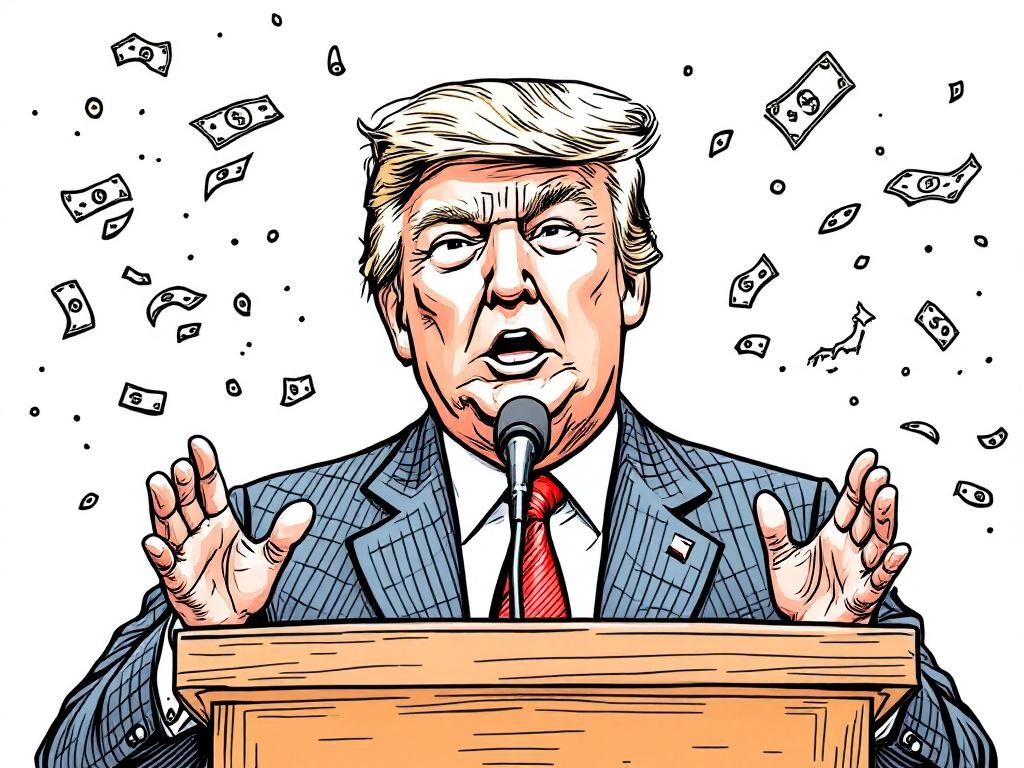Trump Implements 25% Tariff on Japan and South Korea, Signaling Trade Policy Shift

Washington, D.C., Monday, 7 July 2025.
On July 7, 2025, President Trump announced a 25% tariff on imports from Japan and South Korea, possibly leading to economic tensions and impacting global trade relations.
Trade Policy Escalation
On Monday, July 7, 2025, former U.S. President Donald Trump formalized a 25% tariff on imports from Japan and South Korea through letters sent to their leaders. The decision is rooted in addressing trade deficits and aims to stimulate U.S. domestic manufacturing by making foreign goods more expensive [1][2]. These tariffs are set to take effect on August 1, 2025, allowing a brief period for negotiation to evade potential economic strains [2][5].
Economic Implications and Anticipated Responses
The announcement is part of a broader strategy to renegotiate trade relationships and align them with U.S. interests. Trump’s decision has already affected financial markets, with the Dow Jones Industrial Average dropping by 530 points (1.2%) following the news. Similarly, the S&P 500 and Nasdaq posted declines of 0.87% and 0.9%, respectively [2][3][7]. Japan and South Korea are key U.S. trading partners, and the tariffs could lead to countermeasures, as Trump has suggested increases in tariffs beyond 25% if retaliatory tariffs are imposed by these nations [1][6].
Strategic Positioning Through Tariffs
The tariffs are positioned as an economic lever to encourage agreements more favorable to the U.S, with Trump indicating potential modifications based on bilateral relationship dynamics. The tariff strategy also includes a looming deadline of July 9, which serves as a pressure point for Japan and South Korea to engage in negotiations that might avert the full imposition of new tariffs [1][5].
Global Trade Dynamics at Stake
With this development, the global trade landscape faces further volatility. Other nations observing the U.S’s moves might also witness fluctuations as speculative trading and apprehension shape market behavior. The U.S. government has so far managed limited trade deals with countries including the United Kingdom, Vietnam, and China, emphasizing the difficulty in achieving comprehensive agreements when tariffs are used as negotiation tools [5][7].
Sources
- edition.cnn.com
- www.cnn.com
- www.politico.com
- www.aljazeera.com
- www.cnn.com
- www.theguardian.com
- amp.cnn.com